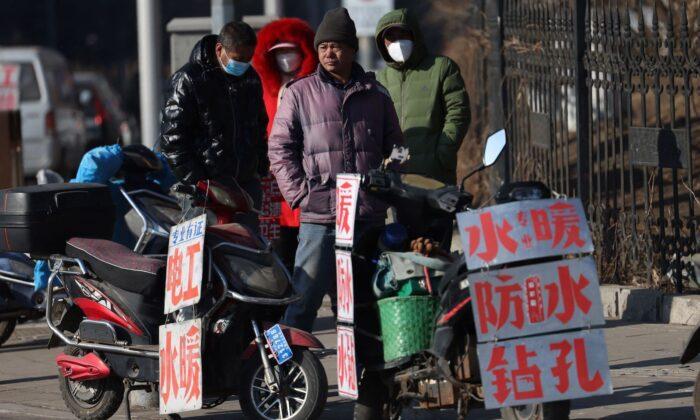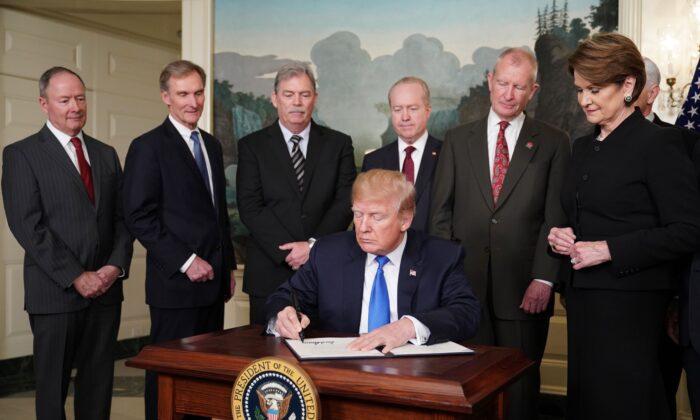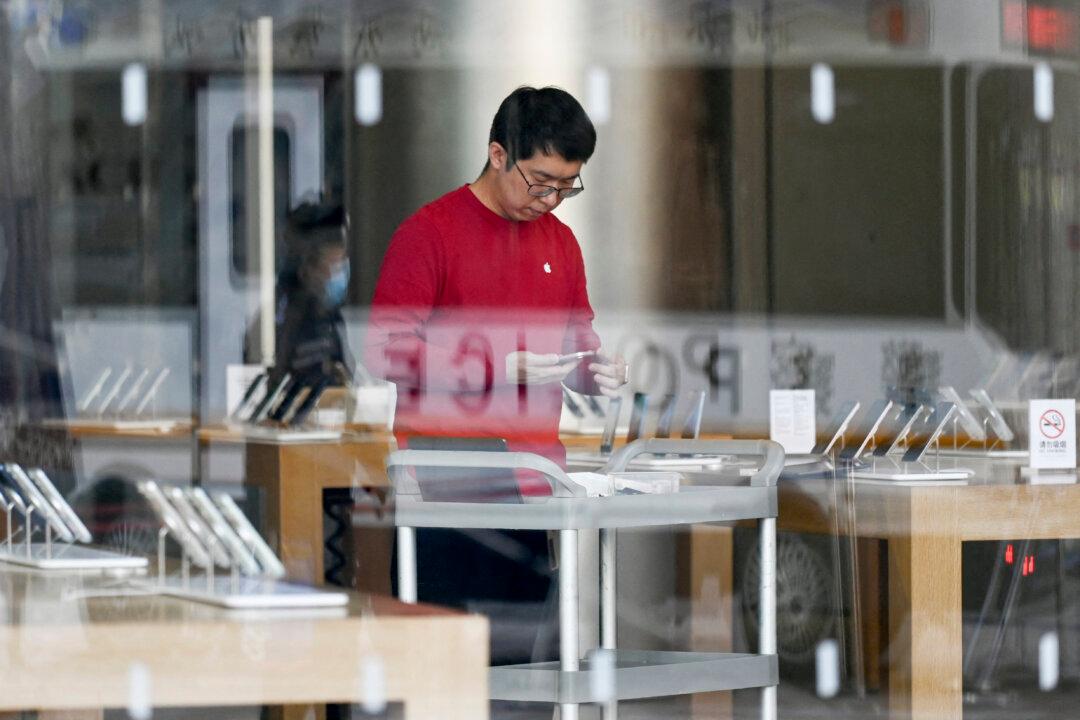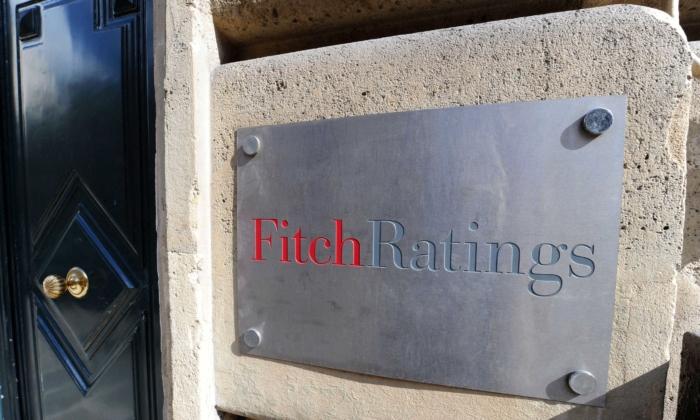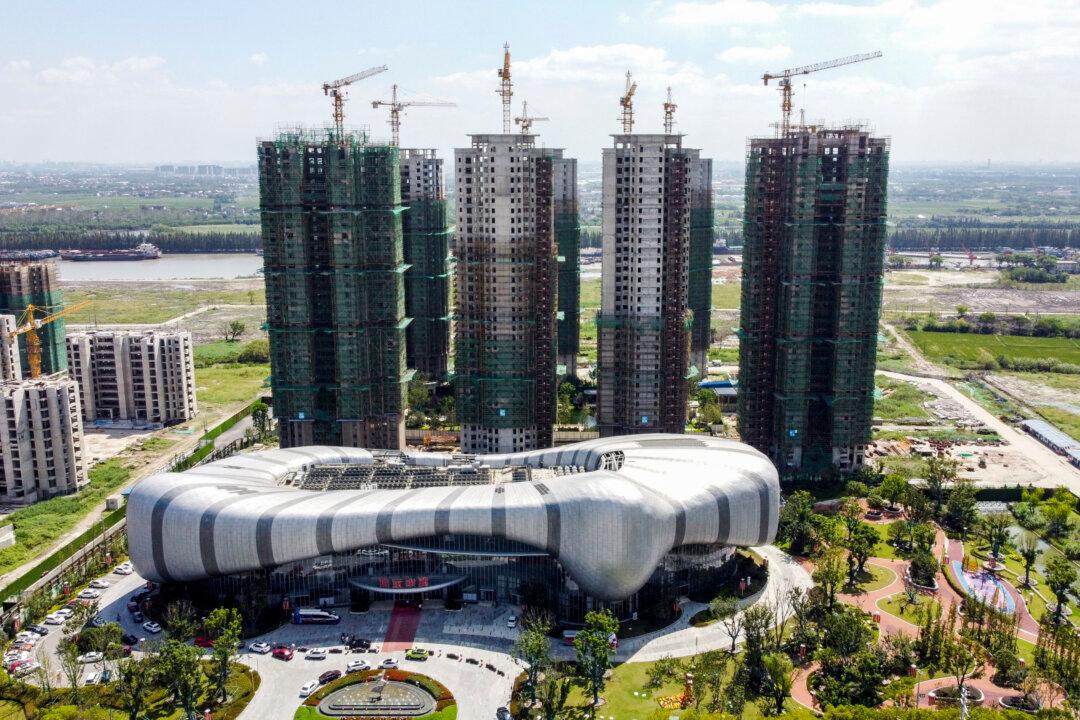Beijing has admitted failure, even if it refuses to use the word. This is actually the second such confession in the past six months.
The first one came earlier this year when Beijing rescinded the lockdowns and quarantines that were the signal parts of its “zero-COVID” campaign. Party leadership had hoped that freeing people up to travel and spend would jumpstart China’s moribund economy. Even amid such hopes, the country’s leadership set itself a low 5 percent growth target for 2023, far below pre-COVID-19 averages.
For a brief while, consumer spending took off. Even though signs of weakness lurked behind the headlines, some, especially Beijing, contended that the new policies would work out for the economy. Now that those once-hidden economic weaknesses have become more evident, Beijing has had to roll out a new stimulus package and, in doing so, admit, at least implicitly, that the original policy had failed.
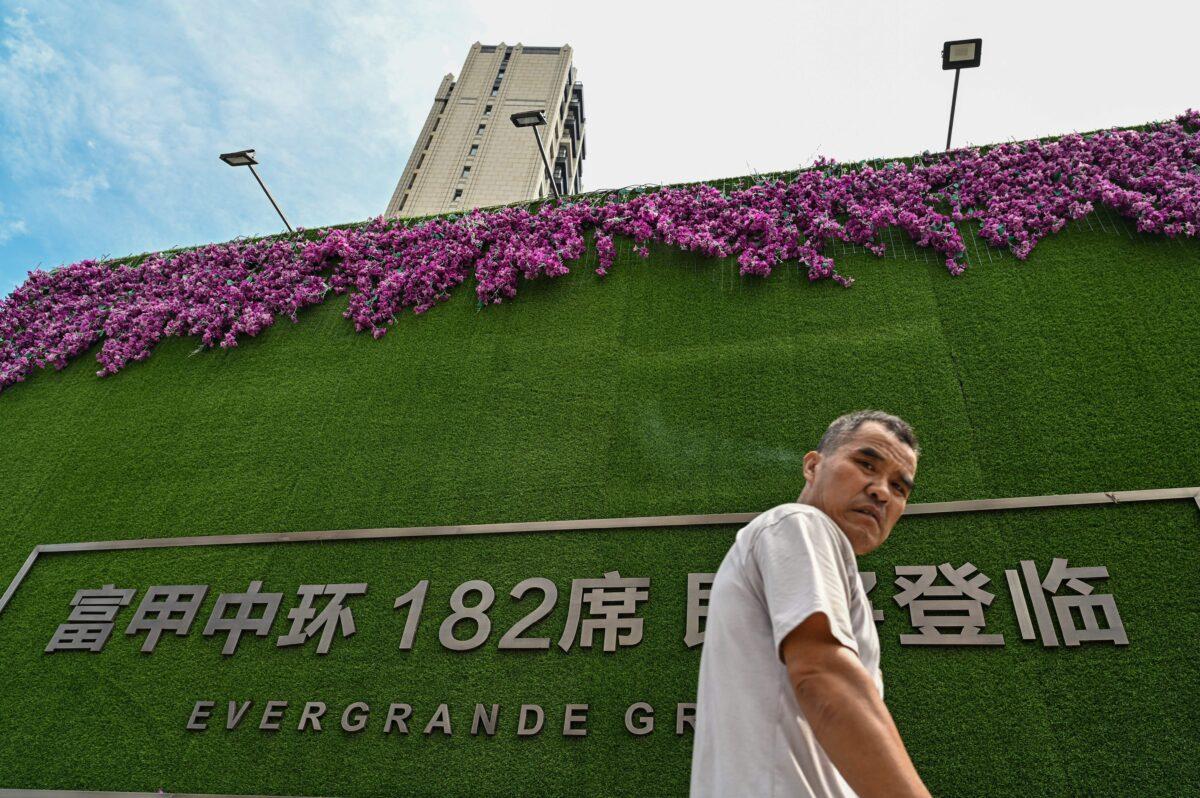
These steps must be hard for the Chinese Communist Party (CCP) and its leader, Xi Jinping—all contradict many statements made over the last few years. Early in 2022, Xi decried private businesses for failing to follow Party dictates as avidly as he would like. Now he refers to such business owners as “one of us” and incentivizes them to invest. He and the Party had previously criticized the speculative nature of the property sector. They implemented policies to stop such activity, which undoubtedly contributed to the failure of many development firms; Evergrande is prominent among them. Now this latest stimulus package includes loosening rules to allow people to buy more than one residence, in other words, to speculate.
Nor is it apparent that Beijing’s latest effort will bear fruit, at least not enough to get the growth that the regime wants. Chinese consumers have lost confidence in the future and seem more eager to save than to spend. It is now apparent that the consumer spending surge in the opening months of the year was entirely the product of wealthier Chinese taking advantage of the new freedom after COVID-19 lockdowns. Most low- and middle-income Chinese remained cautious.
The actions of Xi’s leadership circle in Beijing emit a scent of desperation. The existence of these extraordinary measures reveals the scant likelihood that China’s economy will even make the 5 percent real growth target for 2023. It does not go too far to speculate that no one will be more surprised by success than Xi himself.
A shortfall in Chinese growth is certainly the view of the forecasting community. Ting Lu, the chief China economist for Nomura, has compared China today to Japan in the 1990s, when weakened confidence after a real estate collapse set the country up for decades of weak growth and decline. He forecasts less than 4 percent real growth for China next year. Keyu Jin, associate professor at the London School of Economics, sums up matters by concluding that after last year’s resounding failure to get a response to increased infrastructure spending, Beijing has few options these days beyond throwing money at more big-ticket projects.
Success will require more effort—and much more imagination—than Beijing has shown thus far.
